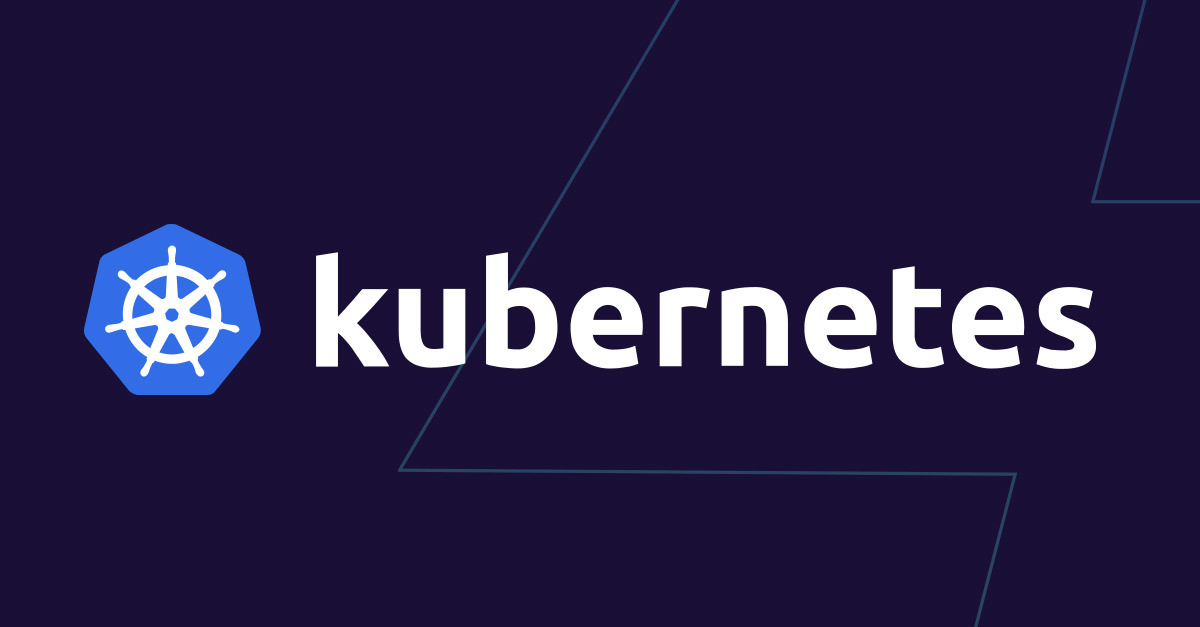Benefits
- Automatic Resource Scaling: Scales automatically based on real-time usage, allowing resources to match demand dynamically.
- Cost Efficiency: By scaling down during low demand, HPA conserves resources and helps reduce cloud costs.
- Application Stability: By ensuring that the application has the right amount of resources to handle workload fluctuations, it helps maintain application performance.
Limitations:
- Response Lag: HPA may not respond immediately to sudden traffic spikes, as scaling depends on polling intervals and pod startup times.
- Limited Metric Types: By default, HPA supports only CPU and memory metrics. Using custom metrics requires additional setup with tools like Prometheus, which can add complexity.
- May Cause Thrashing: If configured without cooldowns or rate limits, HPA can scale too aggressively in response to minor metric fluctuations, leading to instability in pod count.
How Does HPA Work?
HPA uses a three-step process: monitoring resource metrics, calculating necessary replica adjustments, and modifying the number of pods. Let’s break it down to see how HPA actually operates.
1. Set the Scaling Target
The first step in configuring is defining the desired target metrics and threshold values that determine when the HPA should take action. For example, you might set a target of keeping CPU usage at 50% across all replicas in a deployment. This means that whenever average CPU usage surpasses or falls below this level, HPA will automatically consider adjusting the number of pods to bring usage back in line.
You specify this target in the configuration, which links to a particular deployment and resource metric, typically CPU or memory utilization. Kubernetes also allows the use of custom metrics (such as requests per second) if you have a metrics server or monitoring setup like Prometheus.
2. Monitor Metrics Continuously
Once configured, it begins continuously monitoring metrics for the specified deployment. This monitoring is handled by the Kubernetes Metrics Server, which collects metrics data from the cluster, including CPU and memory usage of each pod. For custom metrics, an external system like Prometheus might be used.
The Metrics Server gathers and averages data across all replicas in the deployment. For instance, if there are five pods, HPA calculates the average CPU usage across all five. This average is then compared against the target value (e.g., 50% CPU usage). If the actual usage deviates from this target, HPA will proceed to the next step.
3. Calculate the Required Number of Pods
When HPA detects that resource utilization is above or below the target threshold, it calculates how many pods are needed to meet the target usage. This calculation is based on a formula that uses the current average utilization and target:
value:Desired Number of Pods=Current Average UtilizationTarget Utilization×Current Number of Pods\text{Desired Number of Pods} = \frac{\text{Current Average Utilization}}{\text{Target Utilization}} \times \text{Current Number of Pods}Desired Number of Pods=Target UtilizationCurrent Average Utilization×Current Number of Pods
For example, if the target utilization is 50% and the current usage is 100% with 5 pods, HPA calculates that it needs 10 pods to bring the CPU usage back to the target level.
HPA continuously re-evaluates this calculation at regular intervals (typically every 15 seconds), ensuring that it can quickly respond to changing demand.
4. Adjust Pod Replicas
Once the calculation is complete, HPA will scale the deployment up or down by modifying the number of replicas. For instance, if usage is above the target, it scales up by creating additional pods. Conversely, if demand is lower than expected, HPA scales down by terminating unnecessary pods.
This scaling process isn’t instantaneous; Kubernetes considers scaling limits and grace periods to avoid abrupt scaling changes. The goal is to ensure that scaling happens smoothly without causing disruptions, preventing issues like “thrashing,” where the system might rapidly add and remove pods in response to short-term usage spikes.
Additional Control Mechanisms
HPA provides some additional options to refine scaling behavior:
- Min/Max Replicas: These settings allow you to specify a minimum and maximum number of replicas, ensuring that HPA doesn’t scale beyond what your infrastructure can handle or too far down to risk performance.
- Scaling Policies: You can define policies that control the rate of scaling up or down. For example, you might limit HPA to add no more than 10 replicas at once or to reduce only a certain percentage of pods at a time. This helps avoid rapid fluctuations in pod count.
- Cooldown Periods: HPA can include cooldown periods to avoid making new scaling decisions immediately after a change. This is useful for letting new pods stabilize and reducing reactive scaling.
Example Configuration
Let’s look at an example YAML configuration for HPA:
apiVersion: autoscaling/v2
kind: HorizontalPodAutoscaler
metadata:
name: example-hpa
spec:
scaleTargetRef:
apiVersion: apps/v1
kind: Deployment
name: my-app-deployment
minReplicas: 3
maxReplicas: 15
metrics:
- type: Resource
resource:
name: cpu
target:
type: Utilization
averageUtilization: 60
In this configuration:
minReplicasandmaxReplicasensure the deployment will have at least 3 replicas and no more than 15.- The
averageUtilizationtarget of 60% CPU usage tells HPA to adjust pod count whenever the average CPU usage across all pods exceeds or drops below this target.



